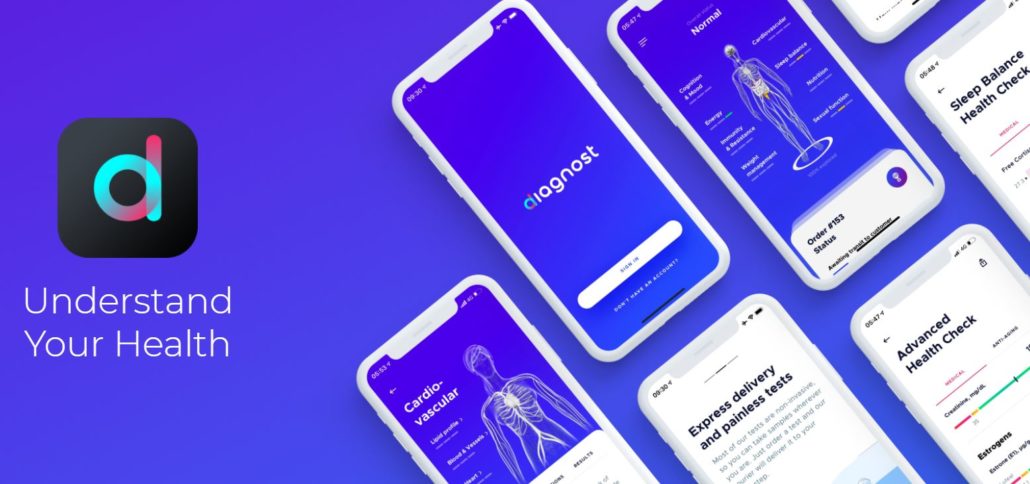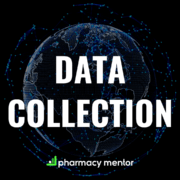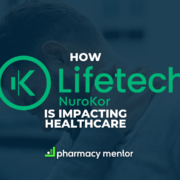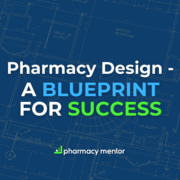There is a paradigm shift taking place in the healthcare industry. With mounting financial pressure on the NHS and an innovation boom in the healthtech industry, all eyes are on community pharmacies as the remedy to a system that some claim is failing its patients.
We’re moving closer towards a patient-led healthcare system, allowing patients more control and choice over their health. With wearable tech, trackers and measuring devices on phones, as well as advancements in AI and data storage, we have more ways than ever to manage chronic illness, health, and wellbeing.
Pharmacies are being tipped as the missing piece of the puzzle, with an opportunity to expand services beyond a simple transaction-based business model. Can the community pharmacy use new technology to engage more with patients and play a larger role in promoting wellness and health, as well as managing chronic illness?
The role of community pharmacies
Community pharmacies offer an accessible, convenient and more casual environment for patients to receive professional advice and assistance with everyday health concerns and problems. Community pharmacies already play an important role in lessening the burden on general practices by treating minor ailments either before, or instead of, visiting a GP.
There is a growing demand for pharmacies to provide the effective delivery of healthcare both at home and in the local community, as well as the treatment of minor ailments, general wellness advice, vaccinations and assistance with managing long-term conditions.
Furthermore, community pharmacies act as agents of referral to those that require a GP consultation, as part of a two-way referral system that allows doctors to utilise the professional skills and the advisory role of pharmacists as over-the-counter experts.
The role of community pharmacies is further evolving still as patient-led healthcare is enhanced with new advances in healthtech. This presents more opportunities than ever for pharmacies to extend their services and take some of the responsibilities previously held by doctors.
Pharmacies have the potential to become health management centres and deliver treatment to help keep patients healthy at home and out of the hospital, rather than simply being considered as a medication fulfillment centre. With healthtech, pharmacies can provide more personalised healthcare, offering advice guidance and a wider array of services.
The AI revolution

Healthtech is revolutionising healthcare
Artificial intelligence is already used extensively in the pharmaceutical industry for increased efficiency in the collection and processing of what is estimated to be a growing total of over 160 billion GB of data in the healthcare domain. AI is being used to improve drug development, personalised medicine, monitor patients and manage electronic health records.
One particular solution, IOMED, uses AI to transform written medical records into structured data that can be analysed and used to generate predictive algorithms that can be shared with pharmacies. Another company, Pharmacy2U, uses AI to allow GPs to send electronic prescriptions directly to pharmacies using the NHS Electronic Prescription Service (EPS), saving both time and immense costs for the NHS, GPs, pharmacies, and patients.
It is with AI that community pharmacies have the ability to provide a wide range of patient-focused services, allowing for an increased level of cooperation between providers from different healthcare services. With AI, pharmacies can provide health and wellbeing guidance at scale, support treatment adherence and interpret the value of data from wearables and smartphones.
The tech empowering patients
Health trackers and wearables can provide accurate and real-time data that allows community pharmacists to monitor patients’ health, track treatment compliance and prevent health risks. Free tools like Medtep are available for patients and medical professionals to track medication adherence, symptoms, physical activity and other parameters.
There are many examples of innovative applications available that provide revolutionary access to any individual with a smartphone. Companies such as Diagnost offer professional health checks you can do from the comfort of your home (or where you prefer), and provide interactive visual insights into cognition, mood, weight management, sleep balance, sexual performance and the cardiovascular system through reports which deliver the results, medical interpretations and doctor’s recommendations back to you through their smartphone app.
Patients can now speak with GPs on their smartphone with online consultation services such as VideoDoc, as well as receiving information on any prescriptions to collect at their preferred pharmacy.
Smartphone makers are taking note too, with Apple having recently introduced an electrocardiogram to monitor a user’s heart rhythm and look for potential irregularities. With the monitor adding to the tech giant’s increasingly powerful Health Center, Apple is beginning a health feature arms race for all makers of wearables.
The diagnosis
The current healthcare system is designed to diagnose and treat illness, rather than being focused on prevention and wellness. The system relies on patients to initiate contact when there are noticeable symptoms present, before then receiving the treatment prescribed by a professional.
This reactive system is expensive and fails to meet the needs of both healthy and chronically ill individuals. Chronic diseases require ongoing, proactive and accessible care as well as a more active role from patients in managing their condition, rather than simply being passive recipients of care.
A patient-led system that promotes wellness and aims to prevent disease could result in immense savings across the industry. Allowing patients more control over the services they receive and providing a greater level of choice and participation calls for evolved services that personalise care by responding to patients’ needs.
Thanks to continuing innovations in healthtech, patients are better equipped than ever to take more of an active role in the management of their own health. However, many lack accessible resources to help interpret the powerful data they can collect. This presents an exciting opportunity for community pharmacies to become a partner of health-focused individuals, collectively utilising the available healthtech.
The treatment
Patient-led care is needed more than ever. With healthtech innovation creating patient-centric solutions, pharmacies are finding ways to integrate these solutions into the existing health system. We can now learn more about individual wellness than ever before and pharmacies can play a crucial role in helping individuals interpret this data.
Pharmacies can once again become the heart of a community by embracing technology and putting patients back at the heart of their services. Together, with AI and technology, we can lead the patient-led healthcare revolution.
—
Author profile
Tatiana Bakunina
London School of Economics and Harvard graduate Tatiana has more than 20 years’ experience in the field of medical innovations development including high-tech medical equipment, medicines and methods of modern diagnosis and prevention of diseases. She was VP for medical innovation and acquisition of new companies at Johnson & Johnson Medical Corporation in the European Headquarters in Belgium. She founded Quale Vita Group in 2011 and in 2019 she launched the health boutique Aloft and the health tech company Diagnost.

















Leave a Reply
Want to join the discussion?Feel free to contribute!